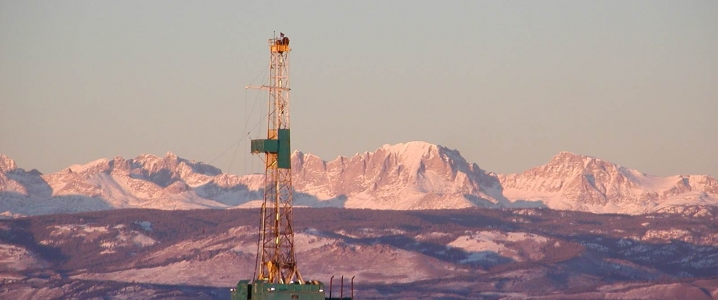US Demands For More Oil Could Backfire

This week the State Department accused OPEC of hiding spare capacity exceeding 1.4 million barrels daily. It urged the cartel to use it to stop the oil price rally that has continued uncomfortably close to midterm elections. The request—or demand, depending on your interpretation—is unprecedented and it might do more harm than good.
Bloomberg quoted a veteran energy analyst from Jefferies, Jason Gammel, as saying, “This is the lowest level of spare capacity in the global system relative to demand that I’ve ever seen. Spare capacity is moving to a precariously low point.” The problem is, nobody seems to be certain exactly how much OPEC’s spare capacity is.
In its latest Short-Term Energy Outlook, the EIA estimated OPEC’s spare production capacity at 1.66 million bpd. But the International Energy Agency last month estimated OPEC’s spare capacity at 2.7 million bpd and is fast declining. What we do know, however, is how much spare capacity Saudi Arabia has: 1.3 million bpd, as revealed by the Energy Minister of the Kingdom during the Russian Energy Week in Moscow.
This is bad news. Until now, various sources, including the Saudis themselves and the EIA, put the Kingdom’s spare capacity at between 1.5 and 2 million bpd. In June, President Trump said the Saudis could pump 12 million bpd. The IEA concurred. Saudi Arabia’s September production rate rose to 10.7 million bpd.
From this level of production, with 1.3 million bpd in spare capacity, we get a maximum production rate of 12 million bpd, indeed. However, Khalid al-Falih delivered a worrying message: Saudi Arabia will spend US$20 billion on maintaining and boosting its spare capacity in the coming years. The news naturally cast doubt on whether the current capacity will be sufficient to cover demand.
…click on the above link to read the rest of the article…